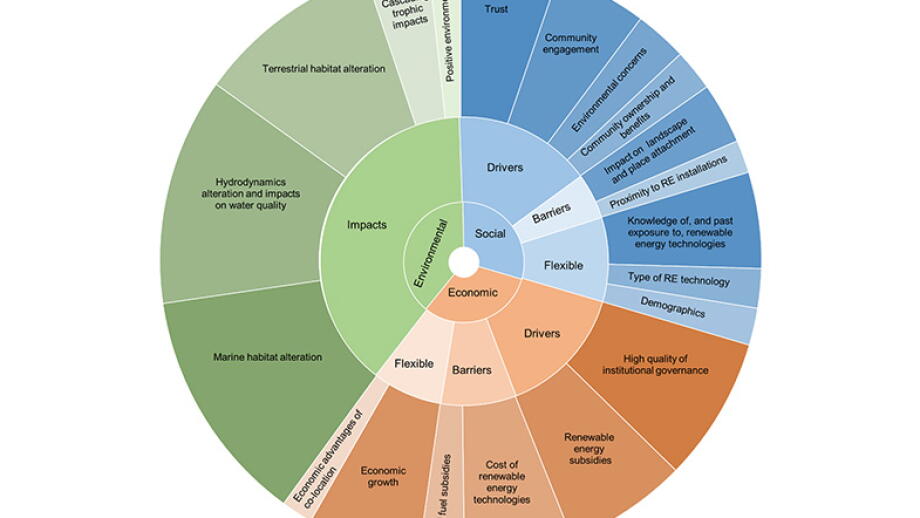Posted on
A new explainer from the Australian Academy of Technological Sciences & Engineering (ATSE) is shining a spotlight on one of the most powerful—and underused—tools in Australia’s clean energy transition: demand-side management (DSM).
Authored by energy experts Professor Kylie Catchpole, Co-Director of ACES, and Dr John Soderbaum, ACIL Allen Consulting, the explainer outlines a suite of emerging technologies and policy levers that can empower Australians to take control of their energy use:
What is Demand Side Management and Why Does it Matter?
Demand Side Management (DSM) refers to the ability of consumers to shift or reduce their electricity use—especially during peak times—using smart technologies, pricing incentives, and behavioural changes.
Despite its potential, DSM remains underutilised. According to ATSE’s Power to the People explainer, if fully implemented, DSM could reduce household electricity bills by up to 24%, saving the average family $331 per year.
"Our analysis of energy trends and emerging technologies is aimed at helping government and industry empower Australians with more choice and greater agency over their energy use," said Professor Catchpole.
"In the Power to the People explainer, we outline a range of technology and policy solutions to help households to shift electricity demand away from peak periods to times when the grid is under less strain, such as home energy storage, and grid-friendly EV charging. At the same time, it’s vital to implement protections for vulnerable consumers, especially in the context of variable tariffs. Everyone should have the opportunity to benefit from the transition to a smarter, more flexible energy system," said Professor Catchpole.
Technology + Policy = Empowered Consumers
The explainer outlines a suite of emerging technologies and policy levers that can empower Australians to take control of their energy use:
Technological Solutions:
• Home Energy Management Systems (HEMS): Smart systems that allow real-time control of appliances and energy use.
• Grid-Friendly EV Charging: Infrastructure that enables electric vehicles to charge during off-peak periods or even return power to the grid.
• Household Energy Storage: Batteries that store solar energy for use when the sun isn’t shining.
• Virtual Power Plants (VPPs): Networks of distributed solar and battery systems that work together to stabilise the grid.
• Vehicle-to-Grid (V2G) and Vehicle-to-Home (V2H): Technologies that allow EVs to power homes or feed energy back into the grid.
Policy Levers:
• Variable Pricing: Incentives for using electricity during off-peak times.
• Interoperability Standards: Ensuring devices can communicate across systems for seamless energy management.
• Consumer Protections: Safeguards for vulnerable households to ensure equitable access to DSM benefits.
No One-Size-Fits-All Approach
Flexibility is key. Not all households or businesses will engage with DSM in the same way. That’s why a mix of technologies, incentives, and education is essential to ensure broad participation and equitable outcomes.
The explainer also highlights the importance of tailored solutions for different sectors—residential, commercial, and industrial—and the need for ongoing investment in digital infrastructure to support smarter energy use.
You may also like
Trends in renewable energy literature revealed
“Of the 369 studies, only 27 focused on the environmental impacts of renewable energy in these regions. Yet, these countries face unique challenges in the clean energy transition, balancing industrialisation with sustainability in ways industrialised nations never had to. With over 85% of the world’s population living in developing economies, the global transition to a sustainable future simply cannot happen without them.”
Marine cloud brightening on the Great Barrier Reef easily powered by solar photovoltaics
A promising anti-bleaching technology for the Great Barrier Reef is powered by diesel generators. ANU experts have found that solar photovoltaic (PV) can be easily added to these generators to reduce their emissions.


